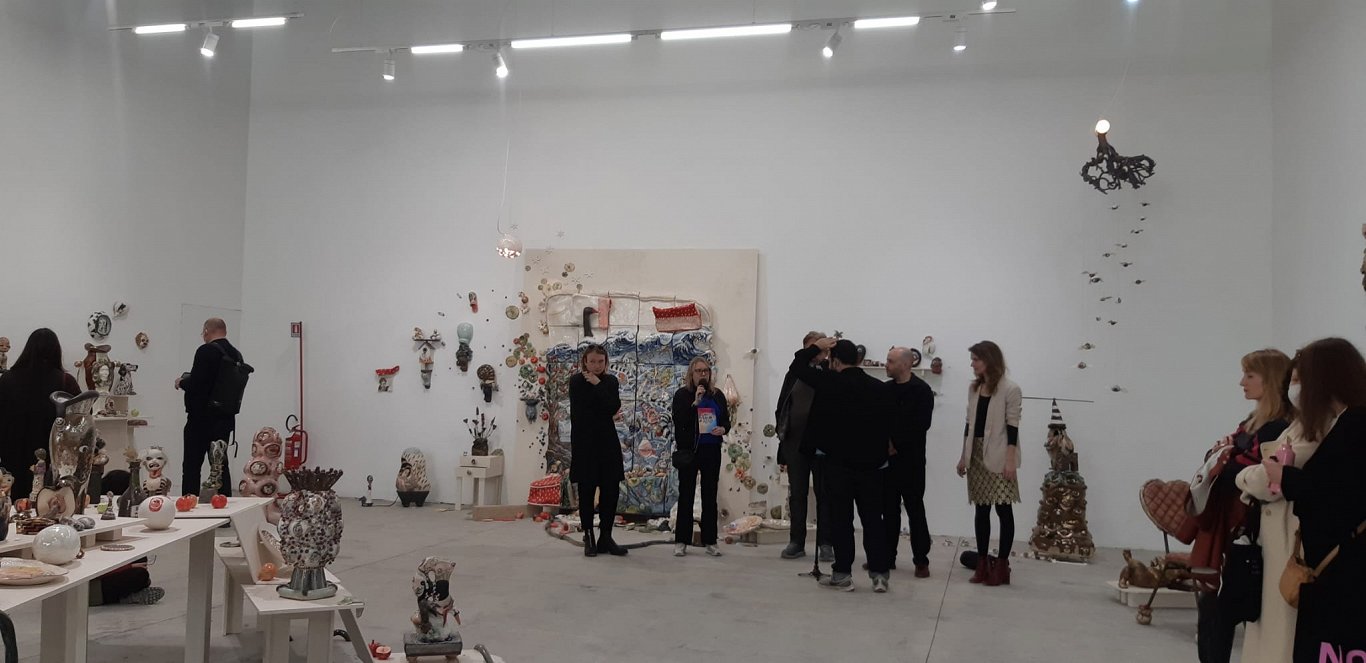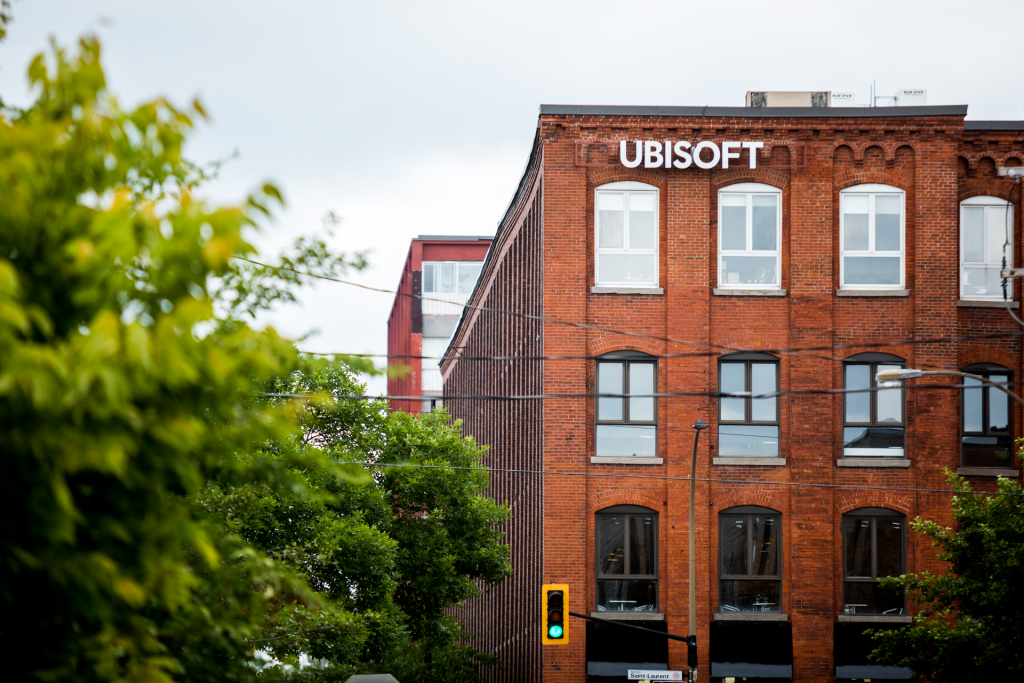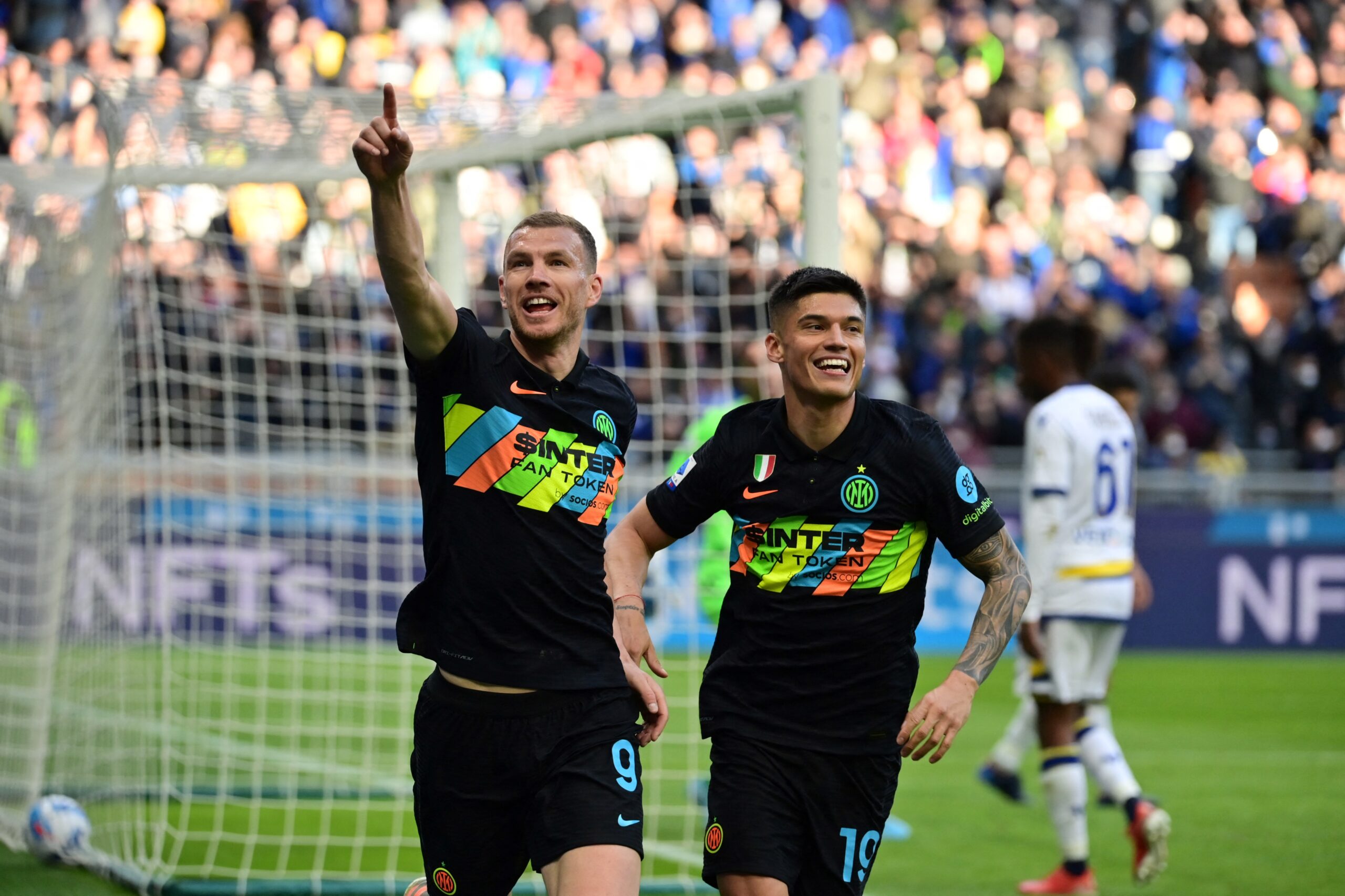Diary of the Venice Biennale
Diary of the Venice Biennale follows the Latvian team’s journey to Venice, behind the scenes of the exposition and the international exhibition.
–
–
Among the participants were me – the curator of the Latvian pavilion -, curators Inga Lāce and Maria Veits and artists Jevgēņijs Fiks, Nikolajs Karabinovičs and Konstantīns Akinša. The discussion was part of a wider initiative and project “Yiddishland Pavilion” created by the artist Jevgēņijs Fiks together with the curator Mariu Veits, in cooperation with pavilions of different national countries – Latvia, Lithuania, USA, Canada, Germany, Poland, Austria and Ukraine.
We had previously collaborated with the artist Yevgeny Fix, which was also the basis for a discussion here in Venice as part of his project focusing on the histories of Jewish artists. Our first meeting took place in 2020, when the James Gallery curated an exhibition in New York. The exhibition was part of the large-scale project “Portable Landscapes” of the Latvian Center for Contemporary Art and expanded the stories of Latvian exile in New York. Yevgeny Fix participated in this exhibition with a work on the Jewish artist Yonia Fain, who was born in Ukraine in 1913, then moved to Lithuania with her family and went to refugees at the beginning of the Second World War, then went to Russia, then Japan, then to Mexico. UNITED STATES. Like Latvia’s World War II refugees, this story marked migration as a very important creator of 20th century art processes. On the one hand, the careers of these artists were interrupted or changed by the war, but on the other hand, artists had to look for new ways to express themselves, which included not only assimilation but also the manifestation of their culture in the new environment.
Tragic, but such stories due to war, invasion, aggression are being repeated, and the war in Ukraine shows us every day in a very painful way today.
Therefore, it was very important to bring these issues up to date again and expand here in the Latvian pavilion, both as a condemnation of the war and as a reminder of the peculiar repetition of history.
The war in Ukraine has changed countless lives and raises questions not only about aggression and its causes, but also about how we deal with refugees, migratory flows and what and how we are prepared to accept them, given the national borders that exist between countries. One of the issues we raised was the impact of movement, relocation and migration on the development of art history, both globally and nationally. Many refugee and migrant artists, both in the 20th century and today, are not easily included in the national art histories of the countries from which they come. Some of them still find it difficult to integrate into the national art scene in their new home countries. Looking back, we can also identify cases where some artists are inaccurately identified and their nationality is called into question, either because of changing national borders, political ideologies, or because of their national, religious, ethnic or racial identity.
These issues are relevant not only in the context of the history of Latvia in the second half of the 20th century, but also in the case of the Latvian pavilion duo Skuja Braden, which includes two nationalities, culture and historical background.
CONTEXT:
This year, Latvia will be represented by the artist duo Skuja Braden (Inguna Skuja and Melissa D. Breiden) at the 59th International Art Exhibition of the Venice Biennale with the exposition “Selling Water by the River”.
The art exhibition of the Venice Biennale will take place this year from April 23 to November 27. The Latvian pavilion is organized by the Ministry of Culture of the Republic of Latvia in cooperation with the Latvian Center for Contemporary Art.
–
Highlight text and press Ctrl+Enterto send the snippet to the editor!
Highlight text and press Report an error buttons to send the text to be edited!
–
–


